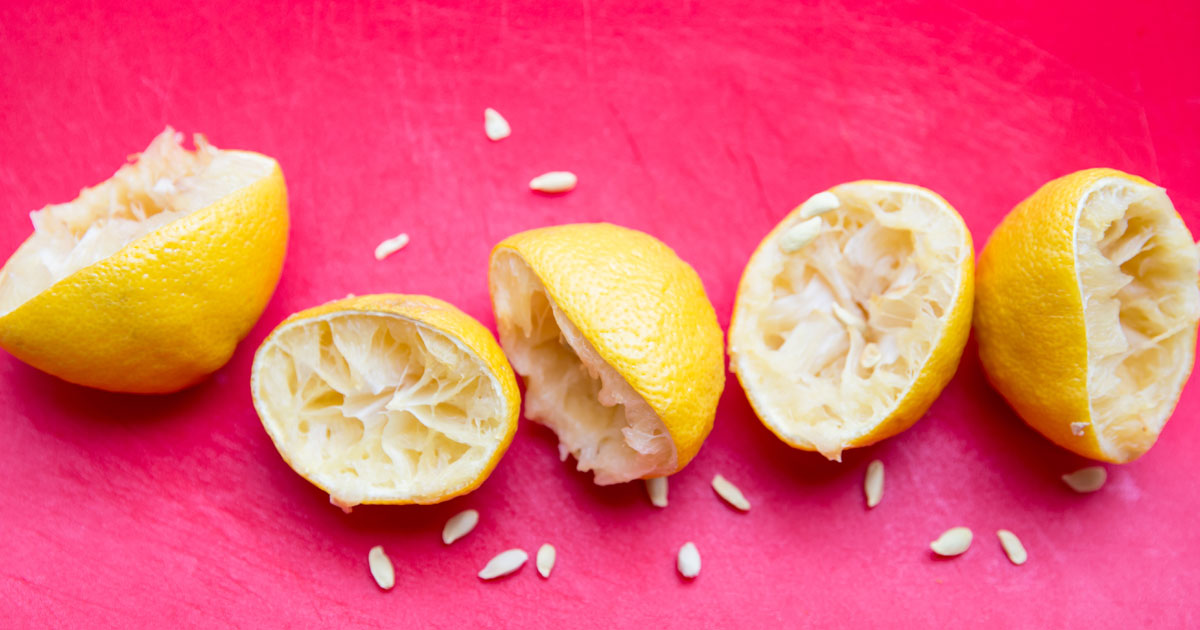
The Upcycled Food Association (UFA), a nonprofit organization dedicated to preventing food waste, estimates that more than 30% of food produced around the world is wasted. In the United States alone, that equates to over 130 billion pounds wasted each year from spoilage, production inefficiencies, exposure, or simply consumers and businesses preparing more food than is needed. One of the ways this problem has started to be dealt with in recent years is through the principles of upcycling, an innovative way to target waste during the food production phase.
The term upcycling is somewhat related to recycling, but recycling generally refers to the breakdown of waste by-products into a raw form that can then be used to make something new. Upcycling—particularly in the context of the food industry—is the repurposing of materials that would normally be discarded. In 2020, a team of experts from a range of organizations developed an official definition to help clarify the term for policy and research purposes:
“Upcycled foods use ingredients that otherwise would not have gone to human consumption, are procured and produced using verifiable supply chains, and have a positive impact on the environment.”
This task force of experts further explored several key tenets of upcycling that capture its purpose and how it can be beneficial for food production and society in general:
Because of a widespread increase in the concern about sustainability amongst consumers, there are more products than ever that come from upcycled ingredients. For example, Del Monte has developed products made with reused pineapple juice and Barnana makes snacks from imperfect bananas. The principles of upcycling are also used in the creation of ingredients that go into large scale food production. At FruitSmart, we process concord grapes to extract juices and essences. After that, the pomace—typically consisting of skins, pulp, and seeds—is then repurposed into dry fibers that can be added into a variety of other products.
There’s no doubt that food upcycling is one of the current food trends that is expected to continue throughout 2023 and beyond, but it’s more than just the latest craze to be popular among foodies. Upcycling represents a concrete step toward reducing food waste and the consequences it brings. Below is a list of some of the benefits of food cycling that many people don’t realize:
Because upcycled food comes from elements of raw ingredients that are typically treated as waste, it may seem counterintuitive that the discarded parts would be healthy for consumption. Depending on the type of food considered, however, there is often considerable nutritional value to be found in the parts that can be upcycled. The skins, stems, seeds, peels, and other discards often have substantial fiber content, for instance, that can be recovered and added to other foods. In many cases, the upcycled components also include antioxidants that are known to confer a wide variety of health benefits.
As the burgeoning upcycled food industry continues to grow, consumers will see more and more products with the Upcycled Certified label available that are made from high quality ingredients like those provided by FruitSmart; many of our fruit products—like blackberries and cranberries—yield upcycled dry ingredients that can be used in baked goods, snacks, beverages, and nutraceuticals. Below are some other new food upcycling examples:
Food upcycling is more than just a hip new trend in the food industry; it represents a shift in thinking about how the food supply works and how we can adapt to the needs of the environment. FruitSmart offers a variety of premium ingredients that utilize upcycled components—they can be used as an additive in a wide variety of applications to impart both flavor and nutritional value. If you’d like to learn more about partnering with FruitSmart, please contact us today to discuss your needs.
